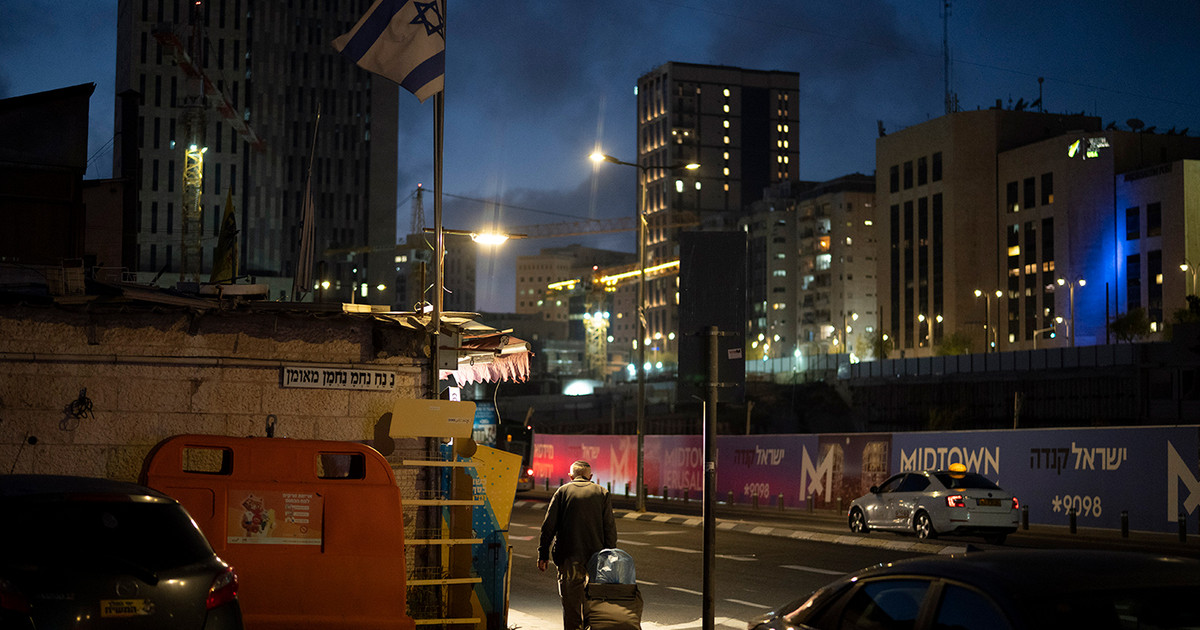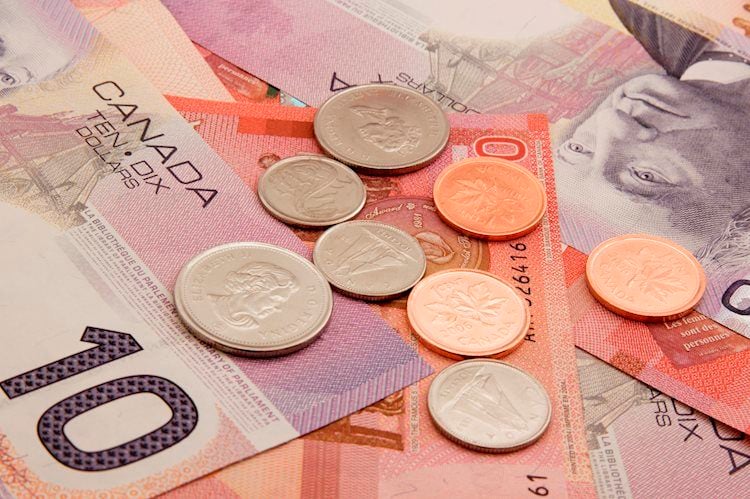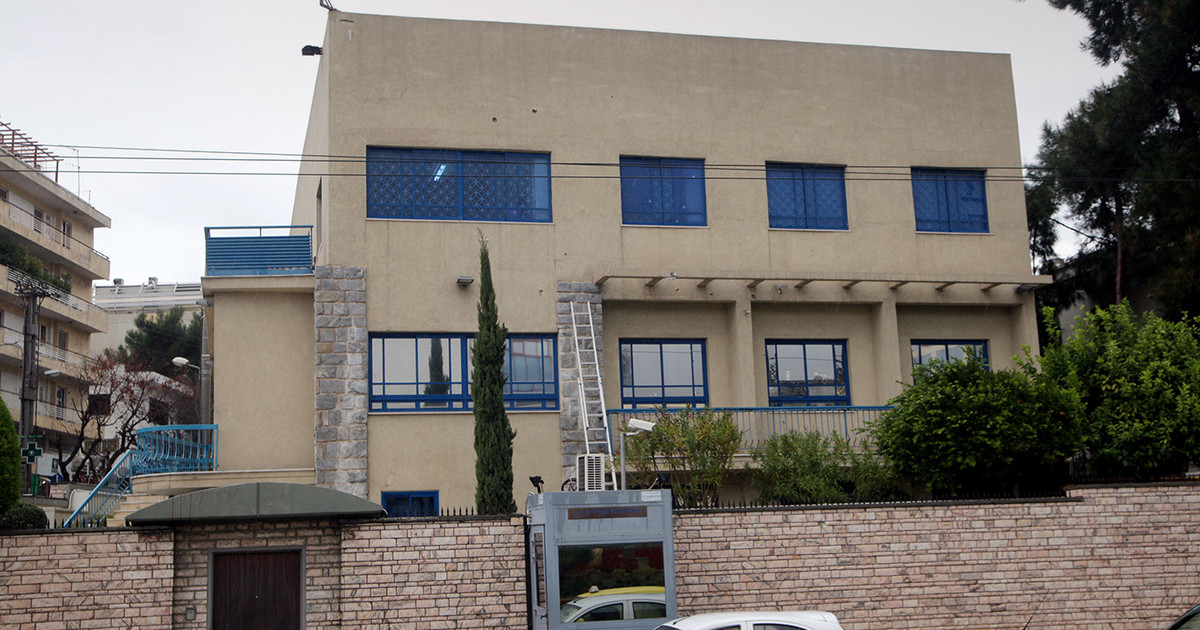«Black tie, long dress but no tiara»thus the rumors circulating on the eve of the dress code for guests at the Jordanian royal wedding. Because who said that in fairy tales of princes and princesses there must necessarily be crowns and jewels? In the Hashemite kingdom the heads are covered by kefieh held by haggal which fall on abayas decorated with golden threads, or with veils that are paired with madraga traditional hand embroidered and worn beautifully by women. What is not lacking, however, at the wedding of the moment are the location from a thousand and one nights: the royal palaces of Ammam, the Jordanian capital.
The royal palace in Raghadan
Identifying the historic residence of the royal family is easy: just climb the Citadel, the hill where Amman’s archaeological past is summarized, and look at the huge green spot that stands out against the ocher of the palaces. AND the royal palace park in Raghadan, whose red tiles can be seen among the treetops. The Royal Court is located here, in short, this is the headquarters where the heart of Jordan beats but also where Arab poets and writers met in the past.
At the foot of the building built in 1924 is the old Amman, the one born just a century ago, when the Emir Abdullah I, great-grandfather of the current sovereign, moved the capital of the Emirate of Transjordan here, which years later would become the kingdom of Jordan. The stone houses of the Ottoman era, the most beautiful and with an incredible charm, are surrounded by walls to which clusters of greenery climb. Many have become art galleries, cafés or restaurants, as they well know the tourists who now crowd the famous Rainbow street. But the rainbow street, albeit enchanting, is just one of the many streets where time seems to have stopped. We are on Jabal Amman, the oldest hill in the capital. One of the seven on which popular legend wants Amman to have arisen and which today have multiplied to become over twenty.
At the foot of this hill, and of Raghadan’s palace, the houses piled up on top of each other seem to have no end. Hidden from view, the steps that unite them are a test of strength that is better done going downhill than uphill. From Rainbow street to balad, for example. Especially in the evening, when the market lights up with lights and the jewelers’ windows shine with the gold that engaged couples traditionally have to offer to their brides-to-be.
Zahran, the residence of the Queen Mother
Behind the Royal Court, Zahran Palace was the former residence of the Queen Mother. That is, the grandmother of the current ruler. Simple and elegant, very similar to Raghadan, it was built in 1957 in an area that still today mainly welcomes diplomatic missions. Zahran has been uninhabited for many years, it is used for official ceremonies, to welcome dignitaries and organize state meetings. But royal weddings have always been celebrated in the rooms of this residence: that of King Hussein, that of King Abdullah I and, today, that of his son Hussein and the beautiful Saudi Rajwa. In this location they also took place the henna ceremony, which Queen Rania arranged in honor of her future daughter-in-law and the royal banquet that the groom’s father gave to men of the royal family and dignitaries attending the pre-wedding ceremony.
And here on June 1 the contract was signed which, as for any couple, establishes the rules of the union and from here the “red procession” started and crossed Amman.
The blue dome that can be seen behind the building is that of the mosque of Abdullah I (the grandfather of the current king): it has modern lines, beautiful interiors and for about 40 years it has become one of the landmark of the Amman skyline (tourists can visit wearing a hooded cloak, provided on site). In half an hour’s walk you arrive at Jordan National Gallery for Fine Artsa journey through 3,000 works by contemporary artists from developing countries.
The city of “circles”
In Jordan they call it that the roundabouts that interrupt the very long Zahran street that crosses Amman from the old center and leads in the direction of the airport. Counting the “circles” is a bit like counting the years of the city: the first is the oldest, gradually the others were added and today there are eight. The “circles” they are also a point of reference for orientationan indication for taxi drivers, the needle of the social balance from which we understand it status of those who frequent a particular neighborhood.
The “circles” also punctuated the “red procession” that accompanied the spouses from the Zahran palace – between the 3rd and 4th – to that of Al Husseiniya, beyond the eighth roundabout. In between is the city that has grown (and continues to grow) over the years. For example, the old military station of Abdali has disappeared, it has been popping up for some time The Boulevarda modern area where glass and steel buildings line a boulevard – The boulevard, precisely – with shops of international brands, trendy restaurants and cafés. In short, a breath of pure western style in contrast with the architecture local all around.
Al Husseiniya, the latest addition to the royal palaces, is located next to the mosque which welcomes the remains of King Hussein, immersed in a large park which in summer becomes an oasis of refreshment, especially in the evening, when families go out to gather under the branches of the trees for a picnic.
When not on private or official visits, this is where King Abdullah II, Queen Rania and Prince Hussein work, each with their own office in this palace built in 2006 in an architectural style inspired by the Arab Islamic tradition. The interiors are simple and elegant and its spectacular dining room together with the courtyard for the ceremonies were the setting in which the bride and groom received guests for their wedding banquet.
A PARTICULAR EXPERIENCE
The tour operator Grand Tours specializes in out-of-the-ordinary travel plans. In addition to the classic stages, he offers experiences in contact with the local population, from meals in the homes of farmers and families of local villages, to meetings with groups of Druze in the eastern desert or exclusive visits to aristocratic residences.
Source: Vanity Fair
I’m Susan Karen, a professional writer and editor at World Stock Market. I specialize in Entertainment news, writing stories that keep readers informed on all the latest developments in the industry. With over five years of experience in creating engaging content and copywriting for various media outlets, I have grown to become an invaluable asset to any team.






